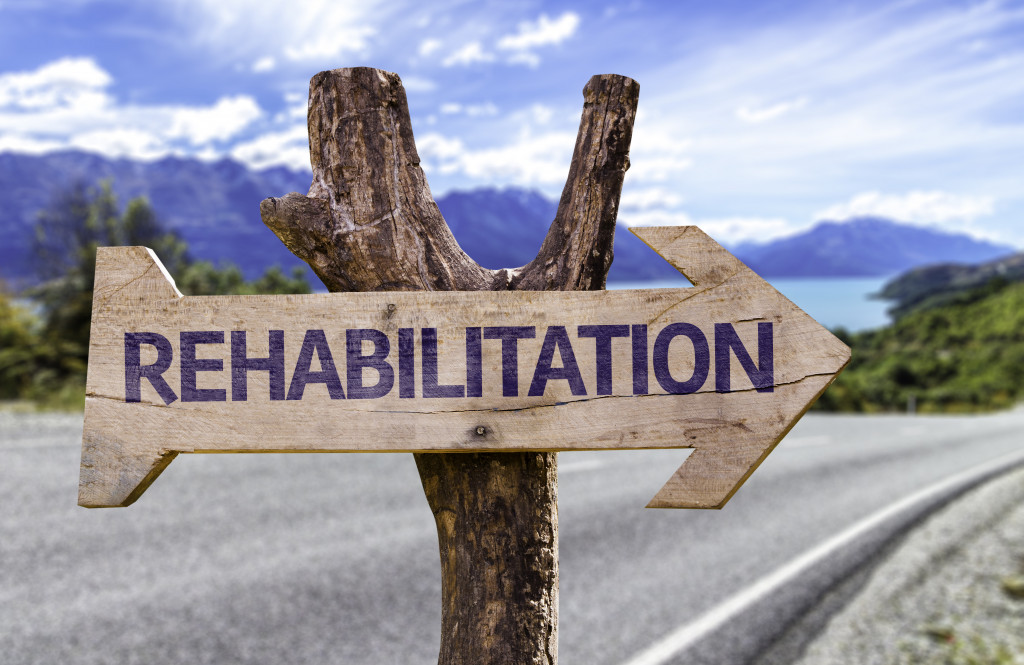Disclaimer: This website provides health information for educational purposes only and is not a substitute for professional medical advice, diagnosis, or treatment. Always seek the guidance of a qualified healthcare provider with any questions you may have.
The federal Health Resources and Services Administration recently granted Boise’s Central District Health $1 million to fight opioid addiction in Valley County. While Idaho is not a hotbed of opioid addiction, statistical data points out a looming problem in the future.
The Problem with Prescriptions
Idaho records fewer opioid addiction cases compared to most states in the US. However, Idaho has a higher percentage of people taking prescription medicine. Sixty-two percent of Idaho residents take some form of prescribed opioid, higher than the 51 percent national average. Prescribed opioids are still dangerous. They account for 70 percent of all overdose deaths, numbering more than 50,000 cases each year.
Prescription medicine for pain is some of the most likely to be abused. Pain medicine loses efficacy as the body develops a tolerance to pain-relievers. Some people up their dosage to manage the pain, but doing so raises their chances of spiraling into addiction. The legitimate avenues for the transaction of prescribed opioids make them easier to procure, and opioid abusers can consult multiple doctors to access more medicine.
Detecting Opioid Abuse
Opioid addiction can be challenging to detect. Unlike illegal substances, prescribed medication is designed to be safe. Opioid abuse leaves very few visible signs on the body, aside from weight loss. Most of its symptoms pertain to changing attitudes and habits. People suffering from opioid abuse can have erratic personalities. They can be overly energetic at times, followed by bouts of lethargy.
Drastic mood changes have also been noted. Opioid abusers often struggle to control feelings of lethargy, depression, nervousness, and paranoia. They will often distance themselves from family and friends while associating with ever-changing groups of people. Opioid abuse also has significant financial impacts, and a quick review of relative’s credit card purchases can easily put the problem to light.
Getting Treatment

Most opioid abusers are unaware of their addiction. A little convincing might be needed, but confrontational interventions have proven to be largely ineffective and only complicate the situation. Suggest a consultation with a physician or a visit to a rehabilitation facility. Withdrawal from opioids typically lasts 3-5 days. However, the symptoms are severe and dangerous. Symptoms can include strong drug cravings, tremors, anxiety, pain, vomiting, and diarrhea.
Patients will need to be confined in a hospital or a rehabilitation facility. Medication might be needed to curb withdrawal symptoms, particularly methadone, buprenorphine, and clonidine. Extended out-patient programs are also suggested as well as the continued use of methadone and buprenorphine. Cannabis products or medical marijuana have been put forward as alternatives to opioids and a form of treatment for opioid withdrawal. However, arguments for the legalization of medical marijuana are still taking place in the state’s legislative body, and a decision might not be coming until 2021.
Idaho’s high rate of opioid use can have significant ramifications in 5-10 years. With the number of overdoses in the state tripling in just two decades, a better understanding of the dangers of opioid, as well as the options available to opioid dependents, are required.




